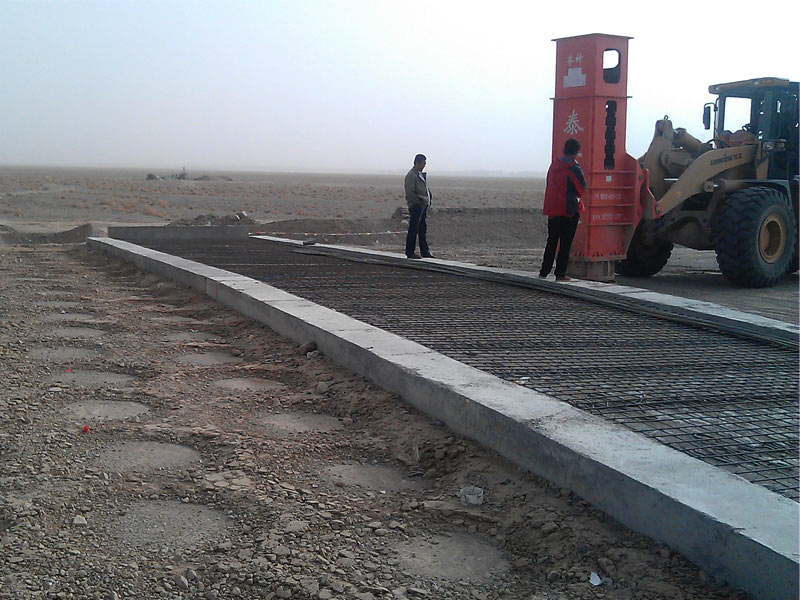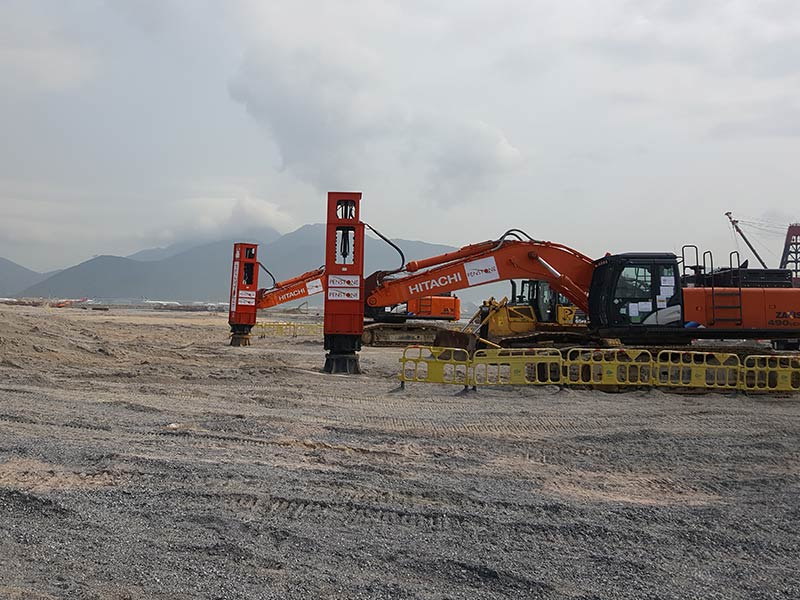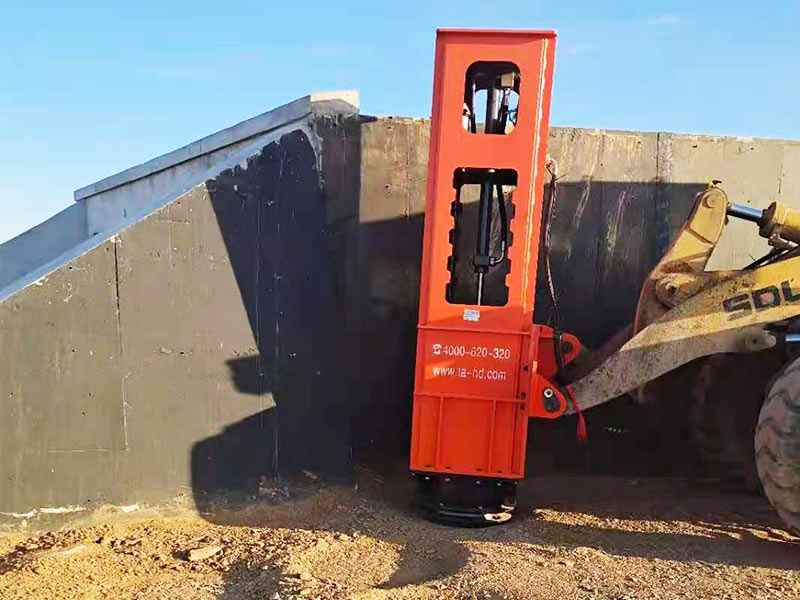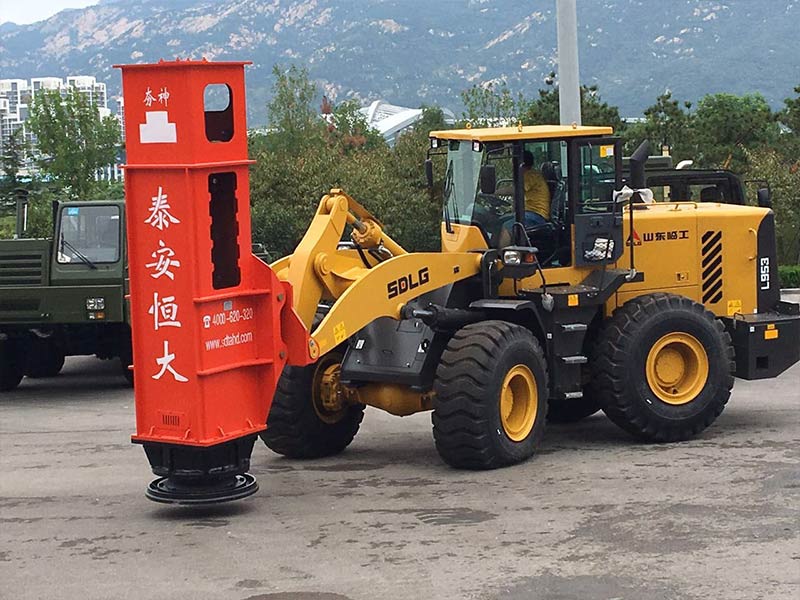What is the best soil for compaction? - HENGDA RIC
updatetime:2023-02-15 10:56:23 pageviews:361views
The soils easiest to compact are soils with spheric and smooth particles, soils with irregular particles are more difficult to compact but, on the other hand, they have a larger bearing capacity.

The Rapid Impact Compaction for the soil improvement uses a hydraulic hammer mounted on an excavator. The hammer with a weight ranging from 5 up to 12 tons is dropped freely from a height of 1.2 m on a large circular foot. Impacts repeated at a rate ranging from 40 up to 60 blows per minute plunge the steel foot creating a crater.
The control system installed in the operator’s cab allows for controlling the compaction process and recording the parameters such as impact energy or foot penetration. It can also be used to change the height from which the hammer is dropped.
The compaction in the RIC technology is usually preceded by creating a test plot where the compaction is performed for various spacing and rates of blows. Then, the local compaction of the improved soil is tested and the optimal grid spacing and the number of blows per one point is determined. Depending on the soils, the number of blows varies between 10 and 40 per one point.

Rapid Impact Compaction is a shallow ground improvement and densification technique. This method densifies shallow, granular soils, which repeatedly strike an impact plate on the ground surface using a hydraulic hammer. The energy is transferred to the underlying loose soils and regroups the particles into a denser formation. The impact locations are located on a grid pattern and the spacing of those locations is calculated by the subsurface conditions and foundation loading and geometry.

During the compaction of a location, the foot remains into contact with the soil. The impact of the hammer on to the foot initiates the compaction process. The movement of the foot into the ground, the heavy weight of the equipment and high energy transfer is also causing densification. The dense compaction grid ensures that a homogeneous compaction is reached throughout the area. This is caused because the impact locations are also affected by the compaction of nearby points which results in improving the overall performance.

Rapid Impact Compaction (RIC) is an innovative dynamic compaction device mainly used to compact sandy soils, where silt and clay contents are low. RIC closes the gap between the surface compaction methods (e.g. roller compaction) and the deep compaction methods (e.g. deep dynamic compaction) and permitting a middle-deep improvement of the ground. RIC has been used to treat a range of fills of a generally granular nature and some natural sandy and silty soils.

